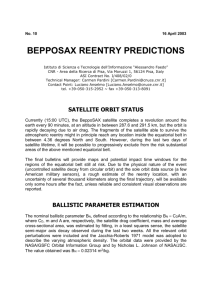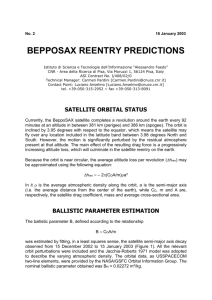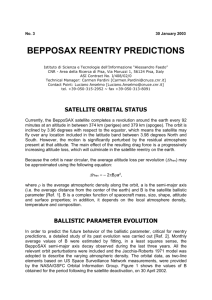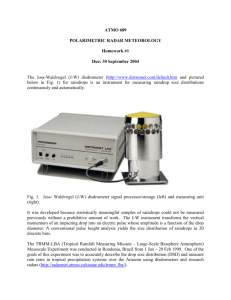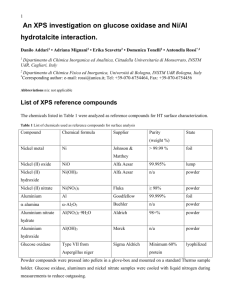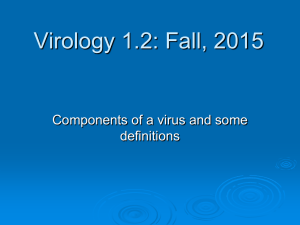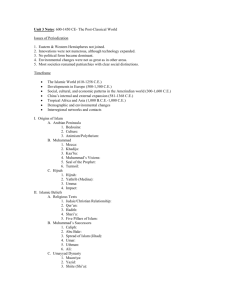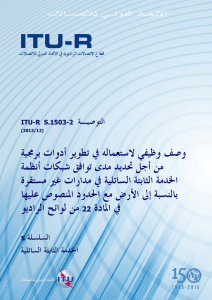Report no. 12 - ASDC
advertisement
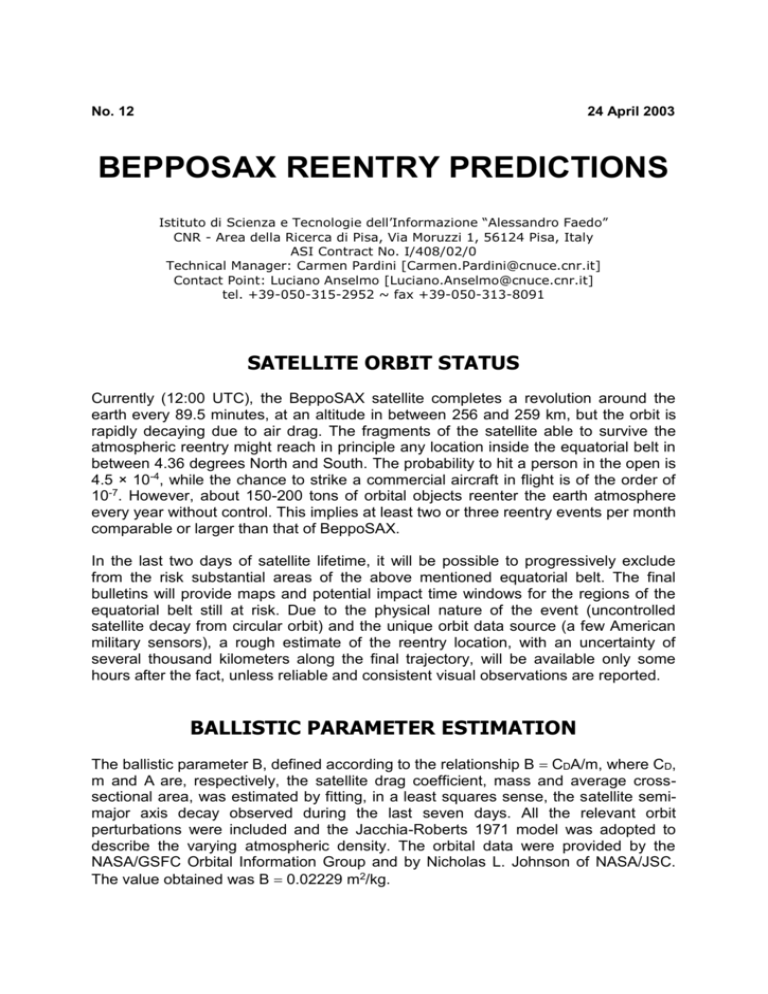
No. 12 24 April 2003 BEPPOSAX REENTRY PREDICTIONS Istituto di Scienza e Tecnologie dell’Informazione “Alessandro Faedo” CNR - Area della Ricerca di Pisa, Via Moruzzi 1, 56124 Pisa, Italy ASI Contract No. I/408/02/0 Technical Manager: Carmen Pardini [Carmen.Pardini@cnuce.cnr.it] Contact Point: Luciano Anselmo [Luciano.Anselmo@cnuce.cnr.it] tel. +39-050-315-2952 ~ fax +39-050-313-8091 SATELLITE ORBIT STATUS Currently (12:00 UTC), the BeppoSAX satellite completes a revolution around the earth every 89.5 minutes, at an altitude in between 256 and 259 km, but the orbit is rapidly decaying due to air drag. The fragments of the satellite able to survive the atmospheric reentry might reach in principle any location inside the equatorial belt in between 4.36 degrees North and South. The probability to hit a person in the open is 4.5 × 10-4, while the chance to strike a commercial aircraft in flight is of the order of 10-7. However, about 150-200 tons of orbital objects reenter the earth atmosphere every year without control. This implies at least two or three reentry events per month comparable or larger than that of BeppoSAX. In the last two days of satellite lifetime, it will be possible to progressively exclude from the risk substantial areas of the above mentioned equatorial belt. The final bulletins will provide maps and potential impact time windows for the regions of the equatorial belt still at risk. Due to the physical nature of the event (uncontrolled satellite decay from circular orbit) and the unique orbit data source (a few American military sensors), a rough estimate of the reentry location, with an uncertainty of several thousand kilometers along the final trajectory, will be available only some hours after the fact, unless reliable and consistent visual observations are reported. BALLISTIC PARAMETER ESTIMATION The ballistic parameter B, defined according to the relationship B CDA/m, where CD, m and A are, respectively, the satellite drag coefficient, mass and average crosssectional area, was estimated by fitting, in a least squares sense, the satellite semimajor axis decay observed during the last seven days. All the relevant orbit perturbations were included and the Jacchia-Roberts 1971 model was adopted to describe the varying atmospheric density. The orbital data were provided by the NASA/GSFC Orbital Information Group and by Nicholas L. Johnson of NASA/JSC. The value obtained was B 0.02229 m2/kg. BEPPOSAX REENTRY PREDICTIONS 24 April 2003 – No. 12 BEPPOSAX DECAY WINDOW The expected residual lifetime of the satellite was computed by propagating its last available state vector (epoch: 24 April 2003, 03:59 UTC) with a numerical trajectory predictor including the geopotential harmonics up to the 16th order and degree, the luni-solar attraction, the solar radiation pressure with eclipses and the aerodynamic drag. The air density was computed with the Jacchia-Roberts 1971 model. Concerning the predicted solar flux at 10.7 cm (used by the atmospheric model as a proxy of the solar irradiance at extreme ultraviolet frequencies) and the geomagnetic planetary index Ap, the last 45-day forecast, prepared by the U.S. Air Force and issued by the NOAA Space Environment Center, was adopted. Using for BeppoSAX the ballistic parameter estimated by fitting the altitude decay observed during the last seven days, the ground impact uncertainty window shown in Table 1 was obtained for the main debris. The confidence level associated with such a window is approximately 90%. Table 1 Ground Impact Time Window for the BeppoSAX Main Debris Impact Window Opening Nominal Impact Closure Impact Date 29 April 2003 30 April 2003 3 May 2003 Impact Time 12:56 UTC 21:48 UTC 04:34 UTC NEXT UPDATE The next reentry prediction will be issued on 26 April 2003. Prepared by Luciano Anselmo and Carmen Pardini 2
